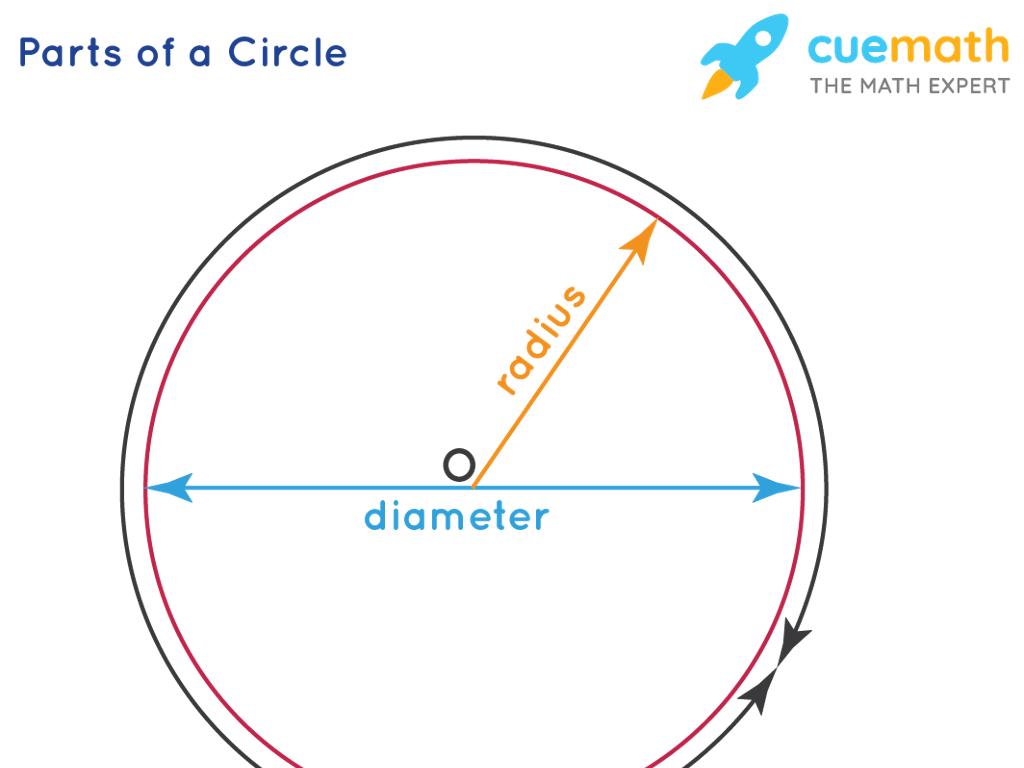Select Parts Of Rock Cycle Diagrams
Subject: Science
Grade: Fifth grade
Topic: Rocks
Please LOG IN to download the presentation. Access is available to registered users only.
View More Content
Exploring the Rock Cycle
– What is the Rock Cycle?
– It’s Earth’s process of forming and changing rocks.
– Three main rock types
– Igneous, formed from cooled lava; Sedimentary, from compressed layers; Metamorphic, altered by heat/pressure.
– Transformation of rocks
– Rocks change via melting, cooling, pressure, and weathering.
– The cycle’s continuous nature
|
This slide introduces the concept of the rock cycle to the students, explaining it as a continuous process that describes the transformation of rocks through geological time. Begin by defining the rock cycle and then describe the characteristics of the three main types of rocks: igneous, sedimentary, and metamorphic. Discuss how these rocks can transform from one type to another through various processes such as melting, cooling, compression, and erosion. Emphasize that this cycle has no beginning or end and that it can take millions of years for rocks to go through these changes. Use diagrams to illustrate the cycle visually and provide examples of each rock type. Encourage students to think about how the Earth recycles materials and the vast timescales involved.
The Rock Cycle Explained
– Rocks constantly change over time
– Rocks form, break down, and reform
– The rock cycle is a series of processes
– Heat, pressure, and erosion drive changes
– Each rock type can transform
– Igneous, sedimentary, and metamorphic rocks can all become each other
– The cycle is never-ending
|
This slide introduces the concept of the rock cycle to fifth-grade students. Begin by explaining that rocks are not static; they undergo a continuous cycle of change. The rock cycle is a set of natural processes that create, modify, and transform rocks. Emphasize that every type of rock igneous, sedimentary, and metamorphic can change into another through processes like melting, cooling, compacting, and eroding. Use diagrams to illustrate the cycle visually. Encourage students to think of the rock cycle as Earth’s way of recycling rocks. Provide examples of each rock type changing into another, such as sedimentary rock becoming metamorphic rock through heat and pressure.
Exploring Igneous Rocks
– Igneous rocks: cooled magma/lava
– Formed beneath or on Earth’s surface when molten rock cools and solidifies
– Examples: Granite, Basalt
– Granite forms inside Earth, Basalt forms from lava flows
– Intrusive vs. Extrusive rocks
– Intrusive rocks cool slowly beneath surface, Extrusive rocks cool quickly on surface
– Importance in the rock cycle
|
This slide introduces students to igneous rocks, a major category of rocks in the rock cycle. Begin by explaining that igneous rocks form from magma or lava that cools and solidifies. Use granite and basalt as common examples, highlighting their differences in appearance and formation. Discuss the distinction between intrusive igneous rocks, which cool slowly beneath the Earth’s surface, and extrusive igneous rocks, which cool quickly on the surface after a volcanic eruption. Emphasize the significance of igneous rocks in the rock cycle and how they can transform into other rock types over time. Encourage students to think about the different environments where rocks form and to consider the processes that lead to the variety of rocks we see on Earth.
Exploring Sedimentary Rocks
– Formed from other rocks or organic remains
– Particles from older rocks/plants/animals become new rocks
– Examples: Sandstone, Limestone
– Sandstone from sand, Limestone from marine organisms
– Weathering and erosion processes
– Breaking down of rocks, then transported by wind/water
– Deposition, compaction, and cementation
– Sediments settle, get pressed together, and solidify into rock
|
This slide introduces students to sedimentary rocks, which are one of the three main types of rocks in the rock cycle. They are unique because they are formed from the fragments of pre-existing rocks or organic material like plant leaves or animal shells. Key processes in the formation of sedimentary rocks include weathering (breaking down of rocks), erosion (movement of particles), deposition (settling of particles), compaction (pressing together), and cementation (binding of sediments). Examples like Sandstone and Limestone help students connect the concept to real-world rocks they may have seen or heard of. Encourage students to think about how the Earth recycles materials, turning old rocks into new formations over time.
Exploring Metamorphic Rocks
– Formation of metamorphic rocks
– Formed from intense heat and pressure beneath Earth’s surface
– Examples: Slate and Marble
– Slate is used in roofing, marble in sculpture and buildings
– Foliation in metamorphic rocks
– Foliation occurs when mineral grains are aligned
– Non-foliated textures
– Non-foliated rocks have no layering, like marble
|
Metamorphic rocks are a type of rock that have been transformed by extreme heat and pressure under the Earth’s surface. This process can result in different textures, such as foliation, where the rock develops layers due to the alignment of mineral grains under pressure. Non-foliated metamorphic rocks, like marble, do not have this layering and are often used in construction and art due to their strength and beauty. Provide examples like slate, which is commonly used in roofing, and marble, renowned for its use in sculpture and architecture. Encourage students to touch and observe samples of these rocks if available, to understand the concept of textures in metamorphic rocks.
Rock Cycle Processes
– How igneous rocks are formed
– Rocks melt and cool down to form igneous rocks, like basalt or granite.
– Formation of sedimentary rocks
– Rocks break down and accumulate to form sedimentary rocks, such as sandstone.
– Creation of metamorphic rocks
– Rocks change by intense heat and pressure to become metamorphic rocks, like marble.
|
This slide introduces students to the three main processes of the rock cycle. Start by explaining that the rock cycle is a continuous process where rocks are transformed from one type to another. Discuss how igneous rocks form from the cooling and solidification of molten magma or lava. Then, move on to sedimentary rocks, which are formed from the accumulation and cementation of mineral and organic particles, after processes like weathering and erosion break down existing rocks. Lastly, explain that metamorphic rocks are created when existing rocks are subjected to high heat and pressure, causing them to change in texture and composition. Use diagrams to illustrate each process and provide real-world examples of each rock type. Encourage students to ask questions and think about how these processes might be visible in their local environment.
Identifying Rock Types
– Characteristics of rock types
– Look at color, texture, and grain size
– Examine rocks hands-on
– Feel the weight and texture of real rocks
– Use a rock chart
– A chart helps to identify rocks by characteristics
– Classify rocks correctly
|
This slide introduces students to the basics of identifying different types of rocks. Start by discussing the key characteristics such as color, texture, and grain size that help distinguish one rock type from another. Provide a variety of rock samples for hands-on examination so students can feel the differences in weight and texture. Introduce a rock identification chart as a tool to help them classify rocks based on their observations. Encourage students to use the chart to practice identifying and classifying rocks correctly. This activity will help solidify their understanding of the three main rock types: igneous, sedimentary, and metamorphic.
The Rock Cycle in Nature
– Real-world rock cycle examples
– Volcanic eruptions create igneous rocks
– When volcanoes erupt, magma cools and solidifies into igneous rocks.
– Erosion breaks down rocks into sediment
– Water, wind, and ice wear away rocks, forming small particles or sediment.
– Mountain formation and metamorphic rocks
– Intense pressure and heat deep within Earth form metamorphic rocks in mountains.
|
This slide aims to illustrate the dynamic nature of the rock cycle through tangible examples that students can relate to. Begin by explaining that the rock cycle is a continuous process of transformation that rocks undergo. Use a diagram to show how volcanic eruptions contribute to the formation of igneous rocks as magma cools and solidifies. Discuss how weathering and erosion from natural elements like water and wind break down rocks into smaller pieces, eventually forming sedimentary rocks. Lastly, explain how the movement of Earth’s plates can push rocks deep underground, where they are transformed into metamorphic rocks due to high pressure and temperature, often leading to mountain formation. Encourage students to think of questions about how these processes shape our planet.
Class Activity: Rock Cycle Exploration
– Draw the rock cycle diagram
– Label each part of the cycle
– Include igneous, sedimentary, and metamorphic rocks
– Color code the rock cycle stages
– Use different colors for each type of rock
– Share and discuss your diagram
– Explain your work to the class
|
This activity is designed to help students visualize and understand the rock cycle through an interactive drawing and labeling exercise. Provide students with a blank template of the rock cycle or have them draw it from memory after a brief review. Encourage them to label each part of the cycle, including the processes that lead to the formation of igneous, sedimentary, and metamorphic rocks. Have a variety of colored pencils or markers available for students to color code each type of rock and the processes involved. Once completed, students will share their diagrams with the class, explaining the stages of the rock cycle as they understand it. This will foster peer learning and reinforce their comprehension of the material. As a teacher, walk around to assist with questions and ensure accuracy in their diagrams.
Rock Cycle Review & Homework
– Recap the rock cycle stages
– Remember how rocks transform from one type to another
– Interactive Q&A session
– Homework: Rock sample collection
– Find a rock outside and bring it to class
– Write about the rock’s journey
– Imagine the changes it has gone through
|
This slide aims to summarize the rock cycle’s key concepts, ensuring students have grasped the transformation process of rocks. The Q&A session is crucial for addressing any lingering questions and reinforcing their understanding. For homework, students are tasked with finding a rock and using their knowledge of the rock cycle to write a creative story about the rock’s journey through different stages. This exercise will help solidify their understanding of the cycle and encourage them to apply their knowledge practically. In the next class, students can share their stories and discuss the different journeys of their rocks.





